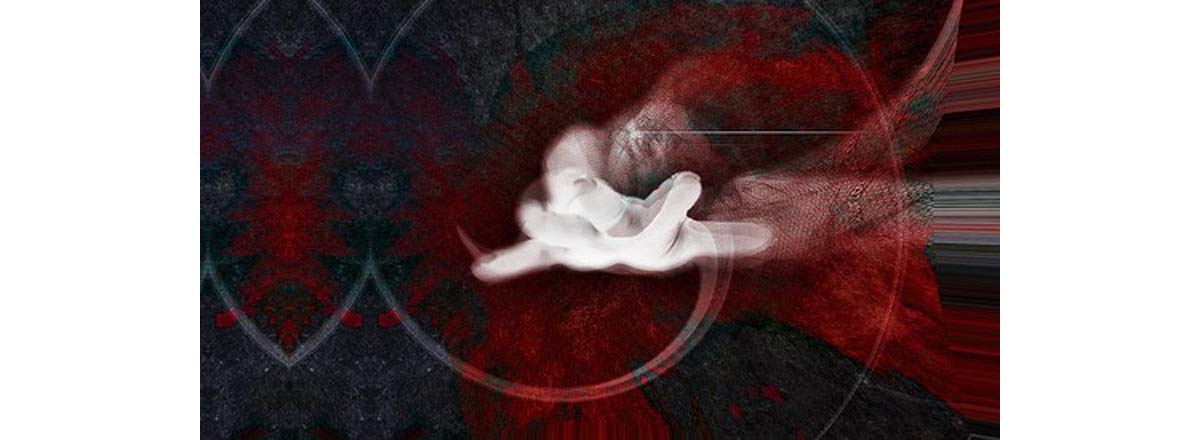Table of Contents
The downside to deep brain stimulation is that most medical applications of the technique require brain surgery. It is no longer necessary, in many cases, to saw into a patient's skull to do brain surgery, but it is always a traumatic (and just plain creepy) method of treatment.

The articles you may see in the news recently about a new method of deep brain stimulation just involve an innovation in the number and size of the magnets, not the need for brain surgery. But as Saul Lyss showed us on Kona Beach, it is possible to use deep brain stimulation without surgical implantation of electrodes hooked up to fancy electronics.
First, What Won't Work
It's important to understand that the magnets that work for controlling neurological disorders are nothing like refrigerator magnets. They have to emit pulsating magnetic radiation. Stationary magnets won't work. You can't cure your depression or your anxiety or your Alzheimer's or Parkinson's by taping a magnet to your head.
But Here's What Will
Trans-cranial magnetic stimulation, the headband method in which Lyss was an expert, places pulsating magnets in a cloth wrap that is worn across the forehead. The magnetic energy is not delivered as precisely as it is when the surgeon saws open your skull, keeps you awake to make sure he or she is not cutting the wrong neuron, and plunks an electrode inside, but it is delivered just as effectively. Many patients get the same results from a headband that they would from implants.
But you don't want to do this yourself at home. That's not because it's dangerous. That's because you would be missing out on the most important benefit of the method.
Neurologists have learned that trans-cranial magnetic stimulation enhances the plasticity of the brain, the ability of the brain to "rewire" itself around areas of damage. If you work with a neurologist who actually understands the method, and you can find doctors with these credentials through the third link in the links list at the end of this article, you may be able eventually to reduce or eliminate your need for both medications and the device.
Neurologists at the Berenson-Allen Center have used this method not just for treating Parkinson's disease, but also for treating "depression, schizophrenia, epilepsy, dystonia, chronic pain, epilepsy, autism, and the neurorehabilitation of motor function, cognition, and language after stroke or traumatic brain injury." If you are serious about getting the best results for treating a chronic neurological condition, they are a good place to start.
And if you have questions about where to go or whom to see next, I'll be monitoring the comments section at the end of this article. I make a point of answering all reader questions honestly and quickly (within a few days).
- Naeser MA, Martin PI, Ho M, Treglia E, Kaplan E, Bashir S, Pascual-Leone A. Transcranial magnetic stimulation and aphasia rehabilitation. Arch Phys Med Rehabil. 2012.93(1 Suppl):S26-34.
- Shafi MM, Westover MB, Fox MD, Pascual-Leone A. Exploration and modulation of brain network interactions with noninvasive brain stimulation in combination with neuroimaging. Eur J Neurosci. 2012 35:805-825.
- Photo courtesy of lapolab on Flickr: www.flickr.com/photos/lapolab/5140120870

